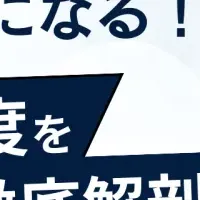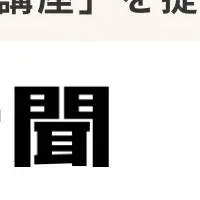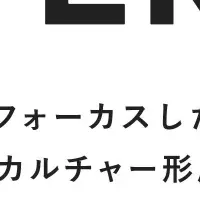
The Sinter Plant Market is Set to Expand by USD 1.3 Billion through 2028
Sinter Plant Market Growth from 2024 to 2028
According to a recent report from Technavio, the global sinter plant market is anticipated to witness substantial growth, with an estimated increase of USD 1.3 billion from 2024 to 2028. This growth is projected at a compound annual growth rate (CAGR) of over 10.08% during this forecast period, influenced largely by advancements in technology and market demands, specifically the integration of Artificial Intelligence (AI).
Overview of the Sinter Plant Market
The sinter plant market has seen a diversification of offerings, with various systems such as Material Handling, Mixing, and Granulation (MHMG), Sintering Control Systems (SCS), and Waste Gas Recovery (WGR) systems being crucial in transforming raw metal powders into high-quality sintered components. This process not only increases efficiency but also enhances material properties, making sintered products highly sought after across multiple industries, including automotive, aerospace, and consumer goods.
Key Market Segments
1. Product Types
- MHMG Systems
- Sinter Machines
- WGR Systems
- SCS Systems
2. Scale of Operation
- Small Scale Sinter Plants
- Large Scale Sinter Plants
3. Geographic Distribution
- Asia Pacific (APAC)
- North America
- Europe
- Middle East and Africa
- South America
Each of these segments has specific growth drivers. For instance, the rising scarcity of high-grade iron ore and the push for energy-efficient production methods in blast furnaces are catalyzing significant advancements within the MHMG segment. This part of the market is expanding as industries seek better technologies to produce high-quality sinter from lower grade iron ore fines.
Innovations Driven by AI
AI's influence is profound in this sector, transforming the operational landscape. Companies are now able to leverage machine learning algorithms for predictive maintenance and production optimization, significantly reducing downtime and resource wastage. The intelligent systems can forecast operational needs, adjust processes in real time, and improve overall plant efficiency. This technological evolution allows for quick adaptations to changing market demands while maintaining compliance with rigorous environmental regulations, especially in countries like India and China where the steel industries are undergoing rapid modernization.
Market Drivers and Challenges
A significant driver for the sinter plant market is the increasing demand for steel to support global infrastructure projects. For instance, in India, the steel sector is growing rapidly to meet the escalating needs for building and construction. Similarly, in China, stringent environmental laws are prompting steel plants to modernize, thus fueling market growth.
However, the industry also faces challenges, such as fluctuating raw material prices and the continuous need for technological upgrades. Companies must balance operational costs with the demand for sustainable practices, innovating while staying competitive in a fast-evolving market landscape.
Future Outlook
As the sinter plant market continues to grow, driven by both traditional and emerging technologies, industries will see a marked improvement in production capabilities. Innovations such as Powder Metallurgy and Additive Manufacturing will play a pivotal role in shaping future offerings, allowing for the creation of complex geometries and high-performance materials.
In conclusion, the sinter plant market is set on a growth trajectory, propelled by technological advancements and robust industrial demands. The upcoming years will likely witness impactful transformations as players in this market respond to both opportunities and challenges presented by rapid global changes. The ongoing investment in research and improved manufacturing processes will further define the competitive landscape, ensuring sustained growth into 2028 and beyond.
Topics Other)










【About Using Articles】
You can freely use the title and article content by linking to the page where the article is posted.
※ Images cannot be used.
【About Links】
Links are free to use.